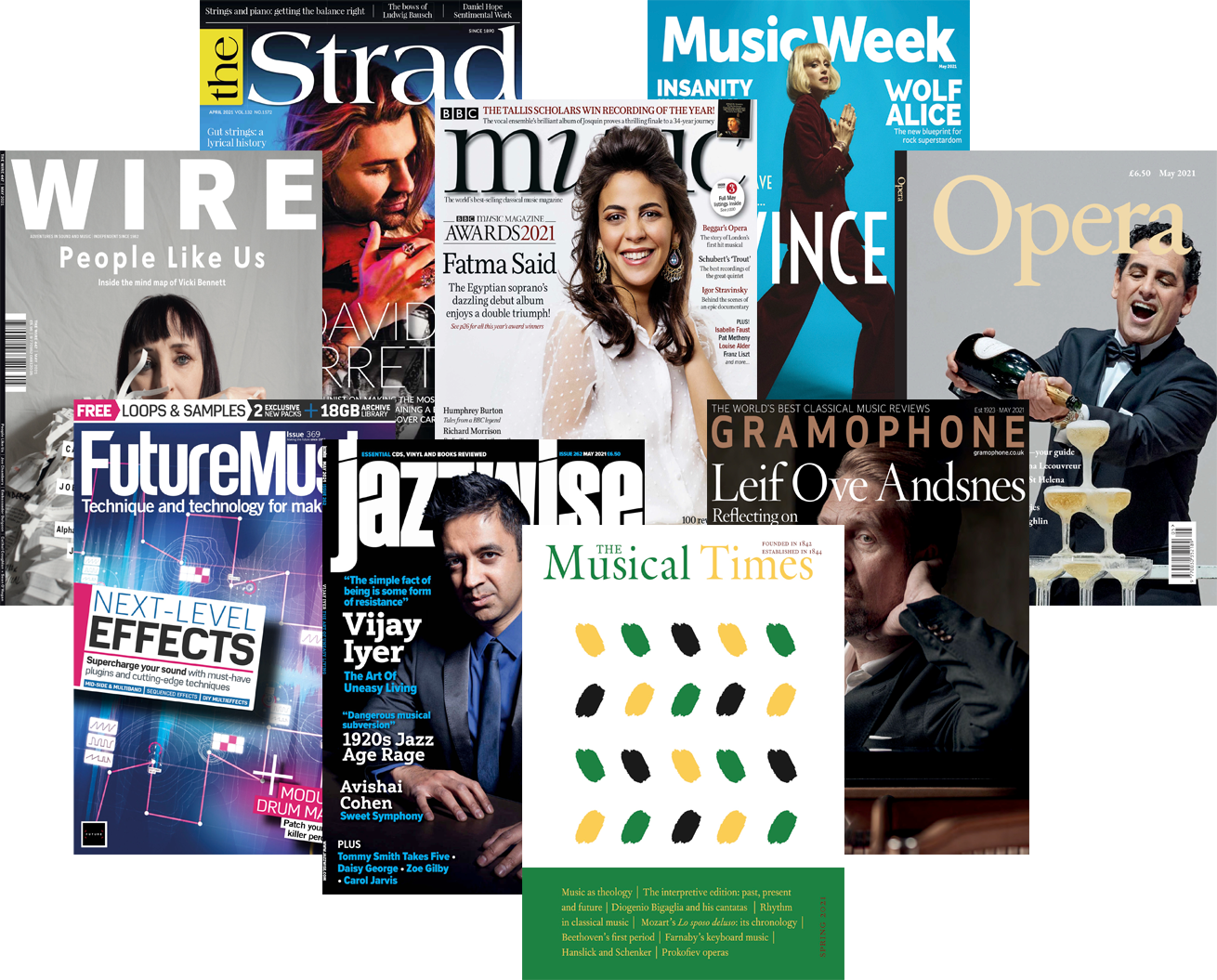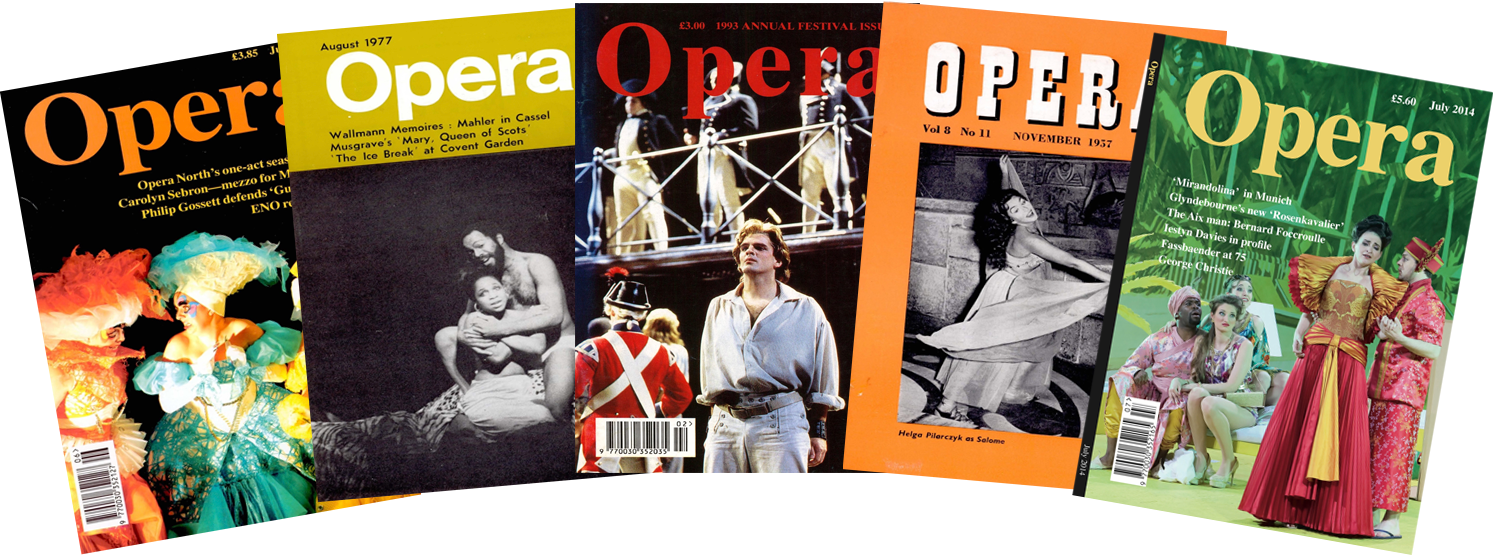Q&A with Exact Editions’ Daryl Rayner and Adam Hodgkin

Exact Editions is the industry leader in digitally archiving material for magazines, book publishers and institutions across the world. Based in London, the company was started in 2005 with a simple yet effective goal towards presenting digital magazines exactly as they appeared in print. Gramophone, Opera, The Strad, International Piano and BBC Music Magazine are just some of their clients from the music world.
We conducted an email interview with Exact Editions’ Co-Founders Daryl Rayner and Adam Hodgkin to learn about their digital offerings and innovations as well as the impact of the Covid-19 pandemic.

Serenade Team: There is still a general misconception around digitisation involving scanning documents and uploading them online. Your organisation has been instrumental in creating searchable and user-friendly online editions and archives of some of the world’s most celebrated publications. Could you please share some insights around the technology behind this process?
Daryl Rayner and Adam Hodgkin: This is a good question and you are correct to note that the Exact Editions approach gives a special focus on archives. From around 2000, as the web began to be seen as the key digital publishing medium, publishers tended to assume that this meant that they had to get their new issues and their forthcoming books into a digital or web-first format (often as HTML/XML versions of the print pages). Although this was an understandable approach, when we founded Exact Editions in 2005 we took the view that the long-term project would be to make all of a magazine’s content digitally available, not simply the future issues.
This led us to the position that a subscription to a magazine should be a subscription that looked backwards as well as forwards; the subscriber should have access to the full archive as well as the forthcoming issues for the term of their subscription. Our idea was that a subscription would be primarily a matter of access rather than a matter of downloads (for forthcoming issues). To put the matter this way may sound like a complication, and indeed it is true that we had to build a database and an access model that looked both forwards and backwards, but in some key respects it simplifies the problem. It simplifies the access model — all subscribers would have access to everything and it did not matter that they were new subscribers or had at some stage allowed their subscription to lapse.

We also needed a general approach, so that each magazine was its own brand and identity; but any magazine – whether on chemistry or choral music, politics or poetry – could join in the party. We needed to concentrate on building one database system embracing as many magazines as needed to have fully-searchable and accessible archives; and a system which would allow each magazine to update and consolidate its searchable database as new issues appeared. We had also decided that one of the key values of the magazine market is the design element. Including all the illustrations, the layout and the arrangement of the pages (including striking covers, tables of contents and double page spreads) ensures that the Exact Editions content engine is as faithful as possible to the look, feel and appearance of the printed magazine. In two words, an exact edition. An eBooks approach did not appear to get us or the readers to that.
Everything that we processed and databased should be searchable and the search engine would deliver search results, pages and even complete issues to the subscribers as and when they were needed – a model of streaming delivery of pages rather than downloads of text files.
ST: Since your launch in 2005, how has Exact Editions grown over time?
DR/AH: One of the most decisive moments for all consumer and mobile publishers was the introduction of the iPhone in 2007/8 and then the iPad in 2010. Exact Editions saw this as a path-breaking move, since, from that point on, we would be bound to have, and to be drawn towards, excellent computers that can be truly hand-held and lean-back with screens good enough to display magazine pages.
Exact Editions developed the ‘Exactly’ app so that subscribers could read their subscriptions on the iPhone in 2009 and for the iPad in 2010. When the Newsstand was launched by Apple, there were 11 branded apps available to subscribers. The convenience and mobility of phones and tablets has transformed the ways in which consumers want to read, search and browse magazines.
The potential for searching magazine archives has always been a key reason for a focus on archives and producing a complete archive for Gramophone in 2011 was a big project at the time. The title was first published in 1923 and the archive then held over 1,000 issues (now 1226). Fast and reliable searching has always been a feature of good digital archives. Browsing has always been a key aspect of the consumer experience of magazines, and digital browsing is now one of the distinctive features of the Exact Editions interface. In 2012 we introduced the stacking model for magazines (those lovely covers) which enable the user to shuffle through a large magazine archive by year, by decade and even by century. When we started, we knew that rapid full text searching would be a great target to aim at, but we did not appreciate quite how rich the experience of browsing by year, month issue and page would become.

Exact Editions’ most recent innovation is Reading Rooms (first introduced in 2019), which constitute temporary and time-limited access to content which the publisher can distribute through the Publisher Portal for promotional or social purposes. Reading Rooms are multi-user and privacy compliant, and no sign in or registration is needed. They are time-limited by the publisher.
One of the advantages of an interactive streaming delivery of pages rather than downloads of text files is that it is feasible to create these Reading Rooms with temporary access to the full database.

ST: How has the pandemic impacted your business?
DR/AH: Exact Editions has always been a digital business: by 2015 we had a cloud-based production and commercial model. In March 2020, it was very straightforward to move to home-based work. Although we expect to retain an office in central London, like most businesses we expect to be much more distributed and virtual in 2023 than we were in 2019. Magazines have largely benefitted from the pandemic in spite of the sad loss of physical newsstand sales; especially when they have an efficient digital version. The popularity of Exact Editions subscriptions from educational libraries (universities and schools) has markedly increased.

ST: Is print media dead in the 21st century?
DR/AH: Not at all. But archives and digital access to the magazines, periodicals and books that were formerly printed and only available on paper, will become more important. Access to rather than distribution of print media has become the key to digital culture. So access via printed copies will certainly be a diminishing and less mass market way of reaching the audience. Even so, the printed version of a magazine remains important. We see high-end magazines as having a continuing attraction (especially in art and fashion).
ST: How do you see subscription services evolving in the near future?
DR/AH: This partly returns us to your question about the pandemic. Digital subscription services that can cope with the threats of pandemic or environmental changes and even disasters are obviously critical. We expect to see increasing emphasis on the preservation, conservation, sustainability and efficiency of the services we supply either to consumers or cultural and educational institutions.





